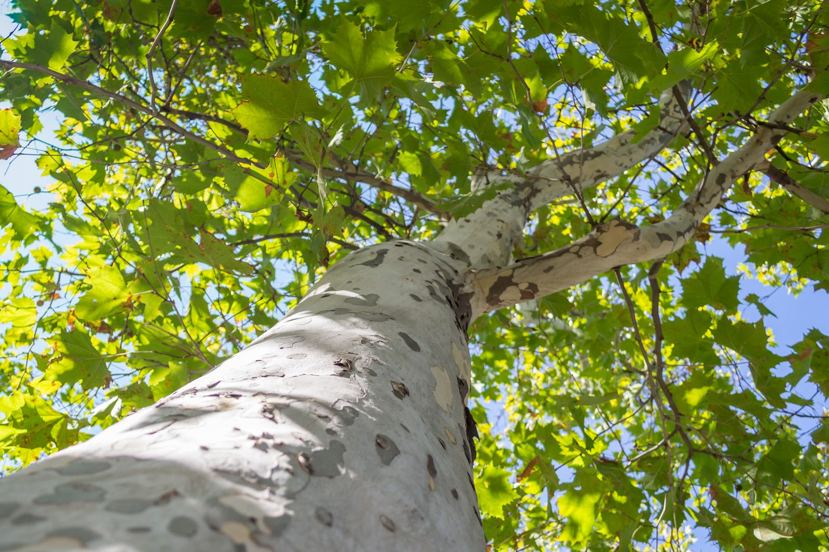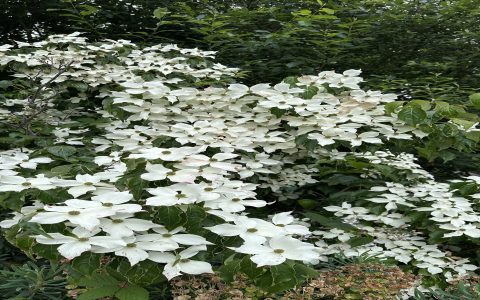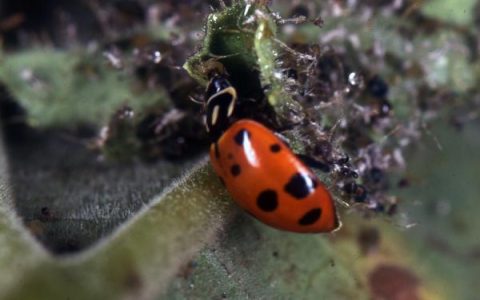Trees with white bark offer striking visual appeal in various landscapes, often standing out due to their distinctive coloration. This characteristic is found in several genera and species, each with unique features contributing to their aesthetic and ecological value.
Birch Trees (Betula spp.)
Birch trees are perhaps the most widely recognized group for their white bark. The color can range from chalky white to creamy white, and the bark often peels in papery strips or sheets. This feature is not only visually distinctive but was historically used by various cultures.
- Paper Birch (Betula papyrifera): Native to North America, it is famed for its bright white bark that exfoliates in thin, paper-like layers. It thrives in cooler climates.
- European White Birch (Betula pendula): Features silvery-white bark that tends to develop black, diamond-shaped fissures with age, especially at the base. It often has a graceful, slightly weeping habit.
- Himalayan Birch (Betula utilis var. jacquemontii): This variety is highly prized for its exceptionally brilliant, smooth white bark, making it a popular ornamental tree in gardens and parks.
Aspen Trees (Populus spp.)
Aspen trees typically possess smooth, pale bark that can appear whitish-grey, greenish-white, or creamy, particularly on younger trunks and branches. Unlike many birches, aspen bark generally does not peel extensively but may become rougher and darker with age.

- Quaking Aspen (Populus tremuloides): Characterized by its smooth, greenish-white to creamy bark. The bark contains photosynthetic tissue, allowing the tree to produce sugar even when leafless. It is known for its leaves that tremble or "quake" in the slightest breeze.
- Bigtooth Aspen (Populus grandidentata): Similar to Quaking Aspen, its bark is initially smooth and light-colored (often more yellowish-grey or olive-green) but tends to become darker and more furrowed earlier in its life.
American Sycamore (Platanus occidentalis)
The American Sycamore is distinguished by its unique exfoliating bark. The outer, darker brown or grey bark flakes off in irregular patches, revealing a lighter, often creamy-white, pale yellowish-green, or tan inner bark. This creates a distinctive mottled or camouflage-like appearance.
- Bark Pattern: The exfoliating nature results in a constantly changing mosaic of colors and textures on the trunk and larger branches.
- Growth Habit: These are large, majestic trees often found along rivers, streams, and in moist bottomlands.
Eucalyptus (Select Species)
Certain species within the vast Eucalyptus genus, native primarily to Australia, are renowned for their striking white bark. This bark is typically smooth, sometimes powdery, and may shed annually in ribbons, flakes, or patches to reveal a fresh, clean surface.
- Ghost Gum (Corymbia aparrerinja, formerly Eucalyptus papuana): Famous for its smooth, stark white or creamy-white bark that can appear luminous, especially in moonlight. It is a symbol of the Australian outback.
- White Gum (Eucalyptus alba): As its botanical and common names suggest, this species features predominantly white, smooth, often powdery bark.
- Scribbly Gum (Eucalyptus haemastoma and related species): While the bark is generally light grey to white, it is notable for the "scribbles" left by the larvae of the scribbly gum moth, creating intricate patterns on the smooth surface.










